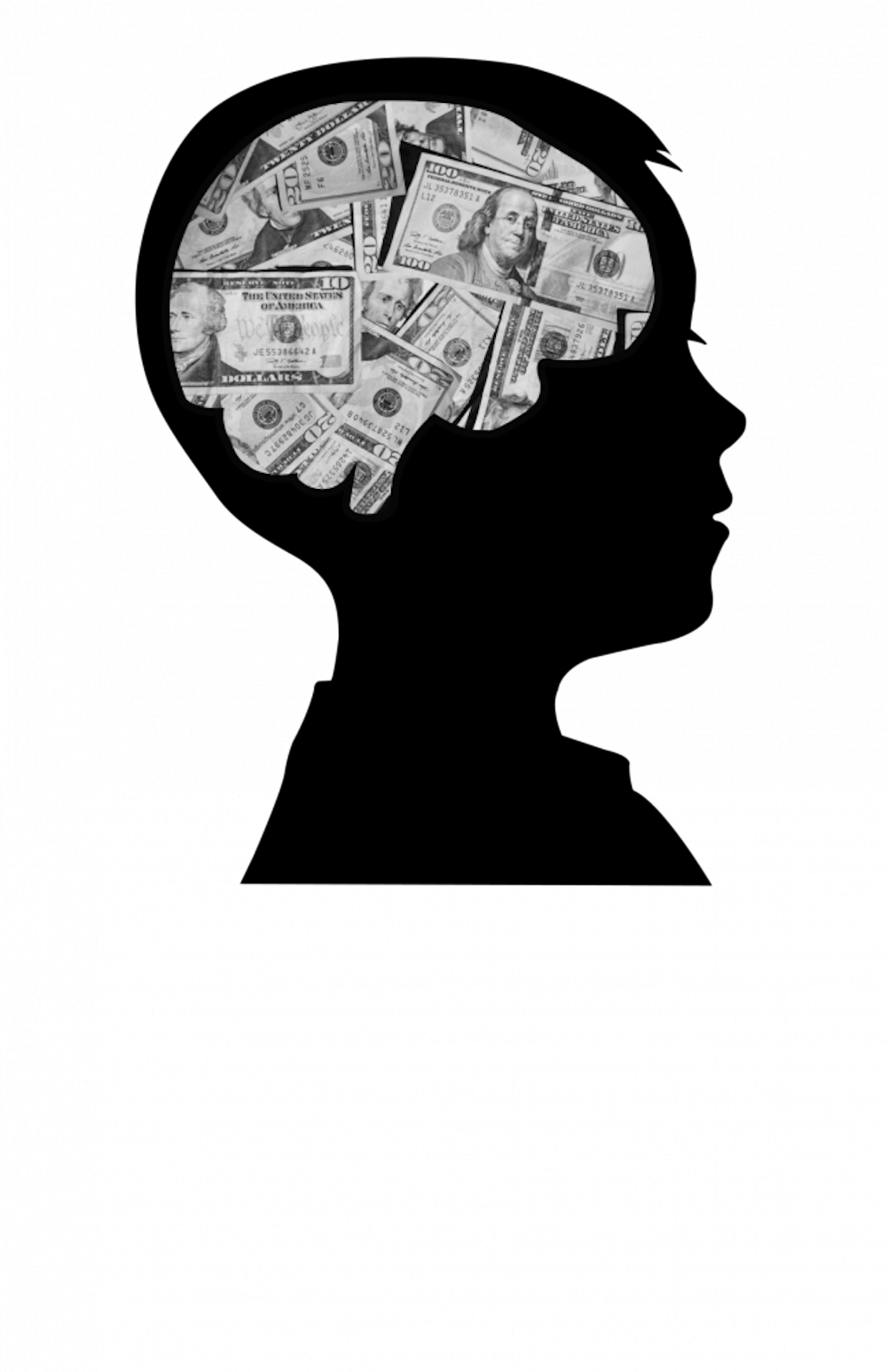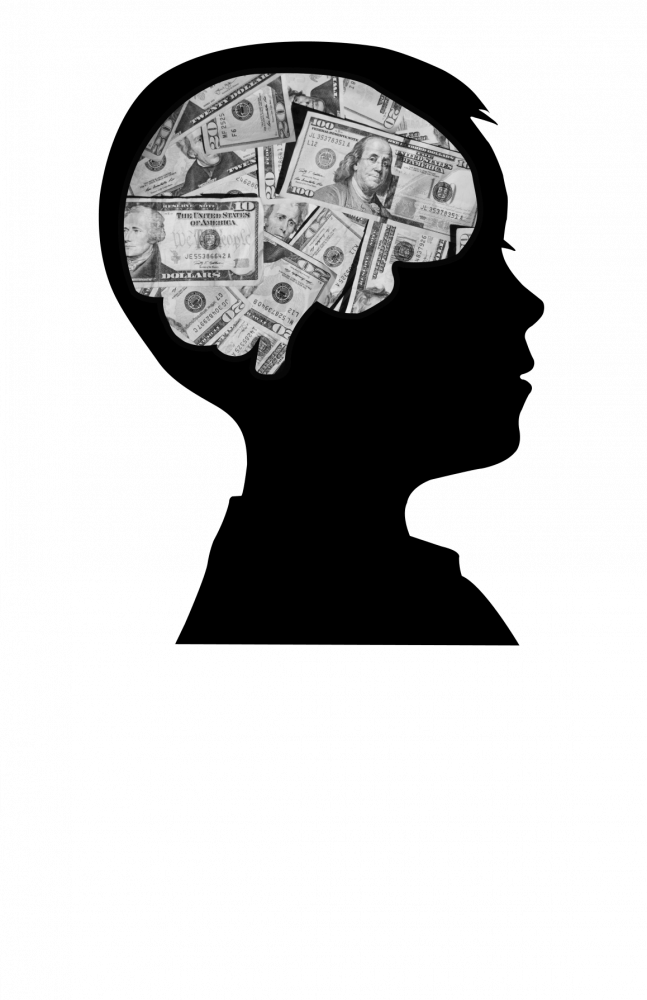The United States spent an estimated $201 billion on mental disorders in 2013, which made it the costliest medical condition in the country, according to a study published in the journal Health Affairs.
The analysis found mental health care surpassed both heart conditions and trauma and injury by almost $60 billion, which includes the general and institutionalized populations. Mental disorder spending is typically underestimated because it excludes institutionalized populations, according to the study.
Untreated mental illnesses can impact multiple systems. Mental illnesses, like depression, are the leading cause of suicide. These illnesses also inhibit productivity in the workplace. Serious mental illnesses result in approximately $193 billion in lost earnings per year, according to the National Alliance on Mental Illness.
Albert Okunade, an economics professor and expert in health economics, said the U.S. allocates less than 10 percent of the healthcare cost for treatment of substance abuse and mental health. Mental health disorders and substance misuse, or “MHSM,†are major health and economic hazards in the U.S. population.
“Since these illnesses are not as obvious as physical ailments, the society is less aware of their seriousness and necessity for diagnosis and care,†Okunade said. “MHSM disorders cost the U.S. economy billions of lost work productivity each year, and they impose poor quality of life issues on the sufferers and their relatives.â€
Recognizing the need for health insurers to fund and provide annual and lifetime coverage for mental health, the U.S. government passed the 1996, 2008 and 2016 Mental Health Party Acts to provide the same amount as they would for physical ailments. Okunade said this is because not enough is spent on these disorders.
According to the National Institutes of Mental Health, 42.5 million Americans (18.2 percent of the adult population) suffer from mental health disorders, ranging from depression, bipolar disorder and schizophrenia. Nearly one in four people will experience some form of mental health condition in their life.
However, the negative stigma surrounding mental illness prevents people from seeking treatment for these disorders.
Jennifer Drabowicz, a licensed professional counselor and mental health service provider, said care and treatment over time is very expensive, and the cost encompasses other things like substance abuse or physical harm due to mental illness.
“Mental illness is not seen as a preventative issue,†Drabowicz said. “You get a yearly physical exam and can catch disorders in time before it becomes a problem, but for mental health, that isn’t the case.â€
Drabowicz said the issue is there’s not an emphasis on mental health care because in order to receive help individuals have to already fit the criteria for a mental health problem. Private insurances will not reimburse unless an individual meets these criteria.
“Prevention is not necessarily invested in mental health,†Drabowicz said. “They [insurance companies] spend more money to fix the problem that to invest money in prevention.â€
Drabowicz said the costs of the pharmacological interventions were factored into the total and are a booming industry. The cost of mental illness is broad whereas the cost of heart health is only focused in one area. She said this doesn’t mitigate mental health issues, but it explains why the number is that high.
“I think the shift in the stigma is changing and people have become more accepting,†Drabowicz said. “This will help people with diagnosable conditions, but the government wants to take mental health off the insurance market, and that needs to be reconsidered.â€
Hira Qureshi contributed to this story.





